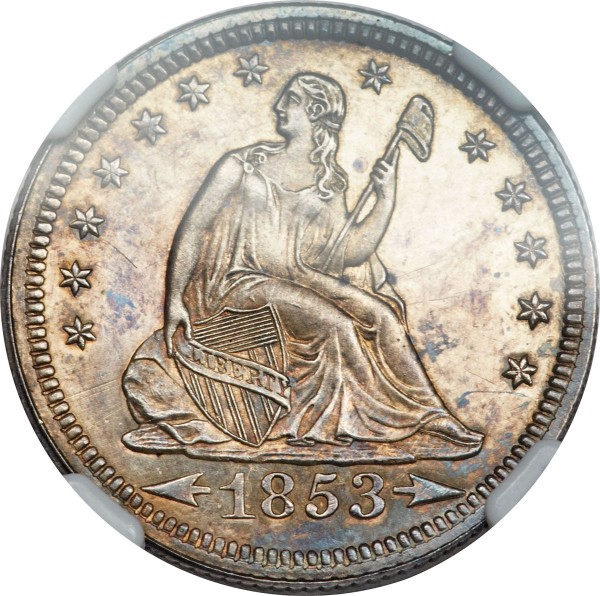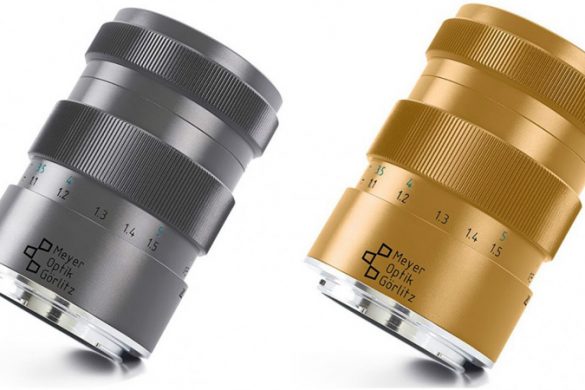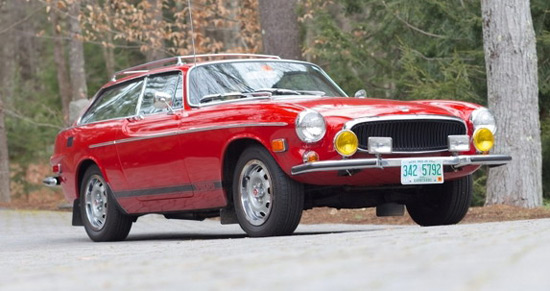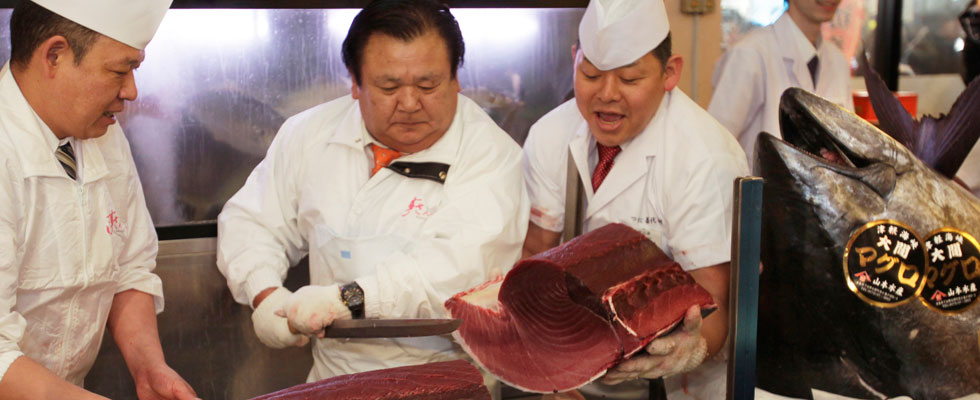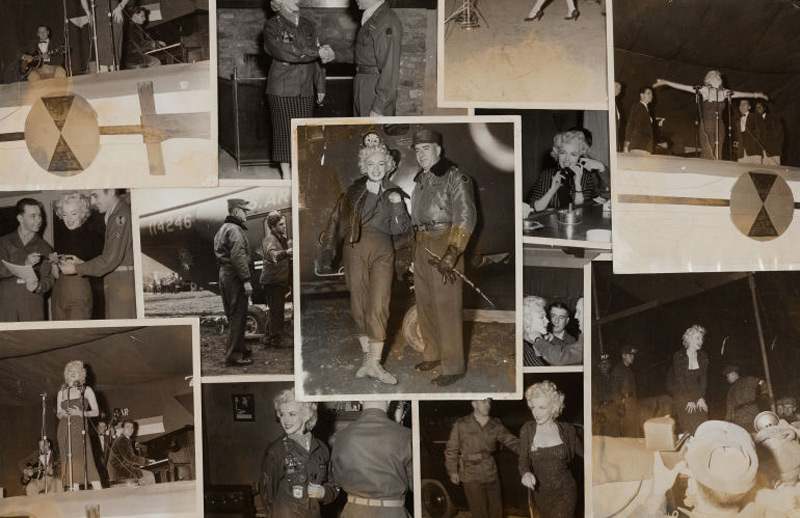Rare early proof coinage was featured as over $9.3 million in rare coins sold in the September 6-9 Heritage US Coins Signature Auction. The US Coin auction was one of four Heritage auctions held as official auctioneers of the Long Beach Coin and Collectibles Expo over the week. Overall, the Heritage Long Beach auctions combined to sell over $19.7 million in rare coins and currency. All prices include Buyer’s Premium.
As any serious collector of 19th century proof coinage knows, proof coins of any denomination and year before 1858 or so are quite rare. As such, it should not be surprising that the two top prizes to change hands during the floor sessions of this auction were both pre-1858 proofs. A Gem Cameo proof 1853 quarter with Arrows and Rays, formerly from the Eliasberg collection, brought $94,000. In 1853, arrows were added around the date and rays were added to the reverse as a way of signifying a reduction in weight for both quarters and half dollars. While the arrows would remain until 1855, the rays were removed in 1854, making the Arrows and Rays design an important one-year subtype. Perhaps five proof 1853 Arrows and Rays quarters are known, making this example the most important issue among proof seated quarters.
Even rarer is the 1854 proof eagle, a coin that was unconfirmed to exist until very recently, and which may very well be unique. This coin, whose provenance remains unknown, is an unmistakable proof despite a light amount of wear consistent with a grade of Proof-55, and it sold for $88,125 at the Long Beach auction. The second edition of the Garrett-Guth Gold Coin Encyclopedia, published as recently as 2008, called the existence of a 1854 proof eagle doubtful. In the book, the authors related an unsubstantiated story about a set of 1854 proof gold coins presented to the city of Bremen. At the time of the book’s publication only the gold dollar, $2.50, and $3 were known and none could be connected to the Bremen set. Should this 1854 eagle be the Bremen coin, it might begin to substantiate the story, while simultaneously suggesting the existence of at least one proof 1854 half eagle and double eagle.
Post-auction sales resulted in the finest known 1897 double eagle changing hands for $147,500. Proof gold coinage of the 1890s is known for its beauty, and this coin, assigned a grade of Proof-67 Cameo, combines unparalleled technical merit with aesthetic beauty. Only 20-25 examples of the proof 1897 double eagle are believed known.
The Philip Clover of US Large Cents, a nearly complete collection of early US large cents by variety, altogether realized over $900,000, led by a 1795 Jefferson Head cent with Very Fine details that sold for $38,187. This collection contained over twenty die marriages that were so rare that Dr. William Sheldon, whose Penny Whimsy remains the standard reference book for early large cents, considered them uncollectable.

